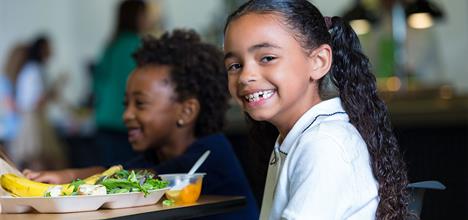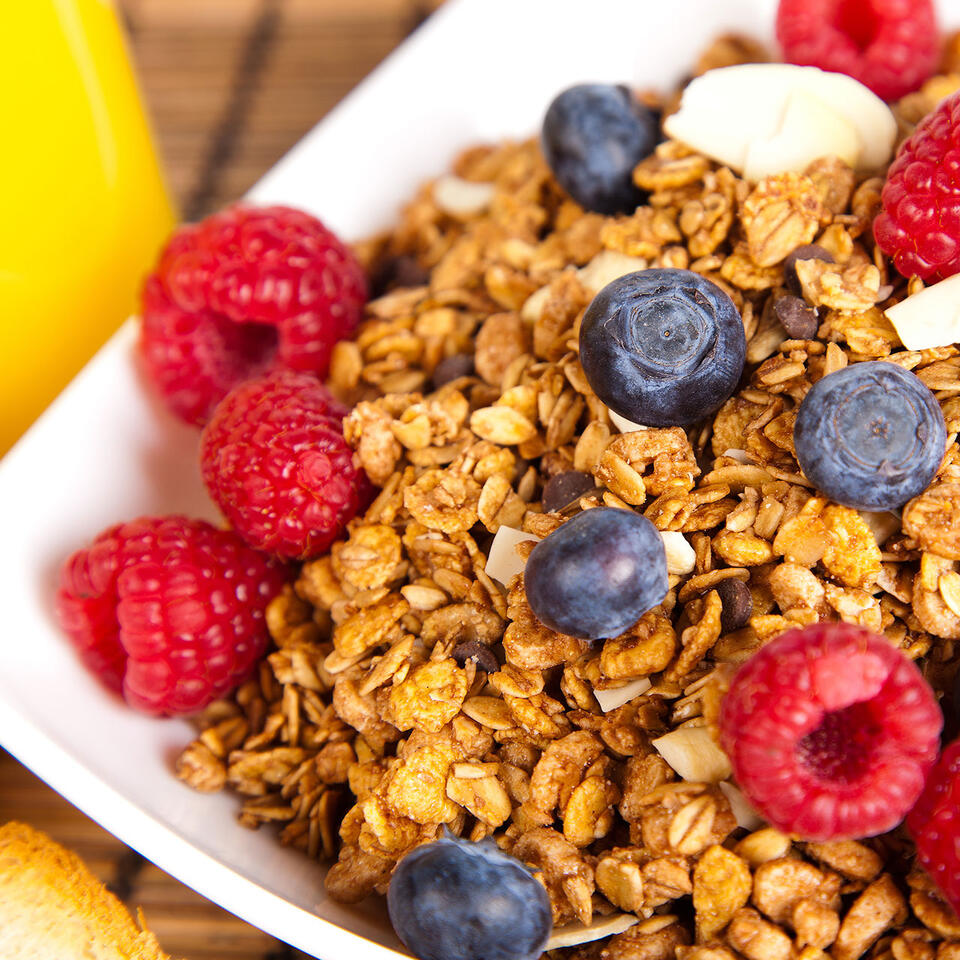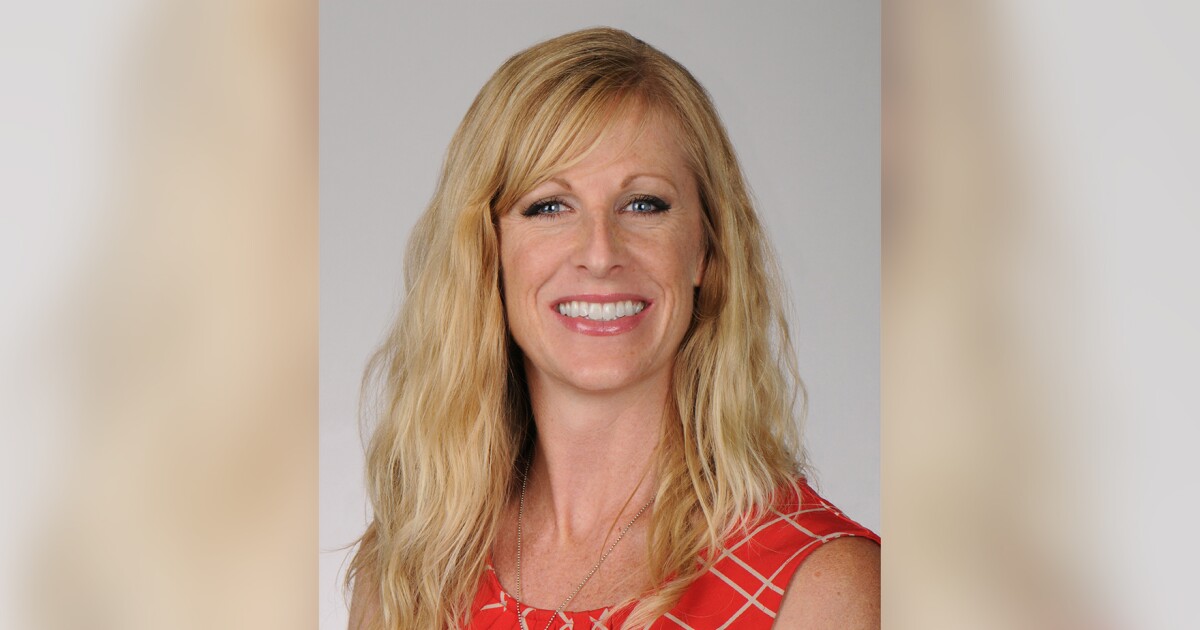By: Kimberly Montez, MD, MPH, FAAP & Kofi Essel, MD, MPH, FAAP
Having healthy meals at school, during breaks, and at child care/after-school programs sets kids up for success so they can learn, grow and stay active. Healthy meals are an important tool to help children learn, just like textbooks and technology. Research shows that
school meals are good for kids’ health.
In the U.S., the National School Breakfast and Lunch Program has been part of the school day since 1946. Any child can get meals if their school takes part. What your child pays will depend on your household income. Some children can get free- and reduced-price meals. School meals mean that all children can get the fuel they need.
Here’s what to know about meal programs for children and how to sign up.
Meal programs for children and teens
Families may be looking for ways to make sure their child gets nutritious food at school, during breaks or at child care.
How to apply for free- or reduced-price school meals
If your children are eligible for meals, parents or caregivers can apply or sign up at any time of the year. Just let your school or district know that you want to fill out an application for school meals.
Summer meal program eligibility and sign-up
Meals are available through the USDA Summer Nutrition Programs for Kids (SUN Programs). Here is how the summer food service program works.
-
The program is open to all children aged 18 years and under. It provides on-site meals and snacks, and is held at schools, parks and other locations. Find a summer meal site near home at
https://www.fns.usda.gov/summer/sitefinder. -
The Summer Meals To-Go program (SUN Meals To-Go) is open to all children aged 18 years and under in some rural communities where SUN Meals are hard to access. These summer meals can be picked up or delivered to your home at no cost.
-
In addition, many states have approved the Summer EBT program (SUN Bucks), allowing families additional money to purchase food for school-age children during the summer.
-
If you need help getting to your local meal site, ask if free transportation is available. Programs may provide free bus passes or other ways to and from the location. There may also be mobile feeding sites.
Nutritious meals and snacks are provided by child care, Head Start programs, and after-school programs that are part of the
Child and Adult Care Food Program.
What is a school backpack food program?
School backpack programs offer free grocery staples for children to be well-fed during weekends and school breaks.
-
Backpacks include healthy, easy-to-make food for kid-friendly meals. Most backpacks include enough food to make a few healthy meals so that kids can return to school on Monday ready to learn.
-
Schools, after-school programs, and community centers partner with
food banks to distribute backpacks to families. Search online to
find a backpack program. -
Most programs give backpacks every week on Fridays or the day before school break except for the summer.
Why did my child’s pediatrician ask if we have enough food to eat?
Your pediatrician can connect you with resources in your community, including access to food, safe housing, transportation, quality child care, and other supports. That is why your pediatrician asks all families if they have enough food. It’s okay to answer honestly. The questions are not to single you out. They are an opportunity for the health care team to provide resources for your family. Your pediatrician knows you try to be the best parent possible and wants to help!
Learn more about food help for families
here.
What if our family does not qualify for free/reduced-price meals?
If your family does not qualify for school meal benefits or your school does not participate in the Community Eligibility Provision providing meals to all students and you are looking for other ways to
feed your family, ask your pediatrician. They can connect you with food banks, food pantries and emergency food locations.
More information
About Dr. Montez
|
About Dr. Essel
|
Supported by ByHeart Infant Nutrition.
The information contained on this Web site should not be used as a substitute for the medical care and advice of your pediatrician. There may be variations in treatment that your pediatrician may recommend based on individual facts and circumstances.

 Kofi D. Essel, MD, MPH, FAAP, is a community pediatrician at Children’s National Hospital (CNH) and Clinical Associate Professor of Pediatrics at the George Washington University (GWU) School of Medicine & Health Sciences in Washington, D.C. Dr. Essel has dedicated his career to advocacy/research around health care and public health workforce training, health disparities, and community engagement, with expertise and national recognition in the areas of addressing diet-related chronic disease and food insecurity with patients and families. He is a co-author of the American Academy of Pediatrics (AAP) and Food Research & Action Center Food Insecurity Toolkit for Pediatricians and a member of the AAP Section on Obesity Executive Committee.
Kofi D. Essel, MD, MPH, FAAP, is a community pediatrician at Children’s National Hospital (CNH) and Clinical Associate Professor of Pediatrics at the George Washington University (GWU) School of Medicine & Health Sciences in Washington, D.C. Dr. Essel has dedicated his career to advocacy/research around health care and public health workforce training, health disparities, and community engagement, with expertise and national recognition in the areas of addressing diet-related chronic disease and food insecurity with patients and families. He is a co-author of the American Academy of Pediatrics (AAP) and Food Research & Action Center Food Insecurity Toolkit for Pediatricians and a member of the AAP Section on Obesity Executive Committee.

